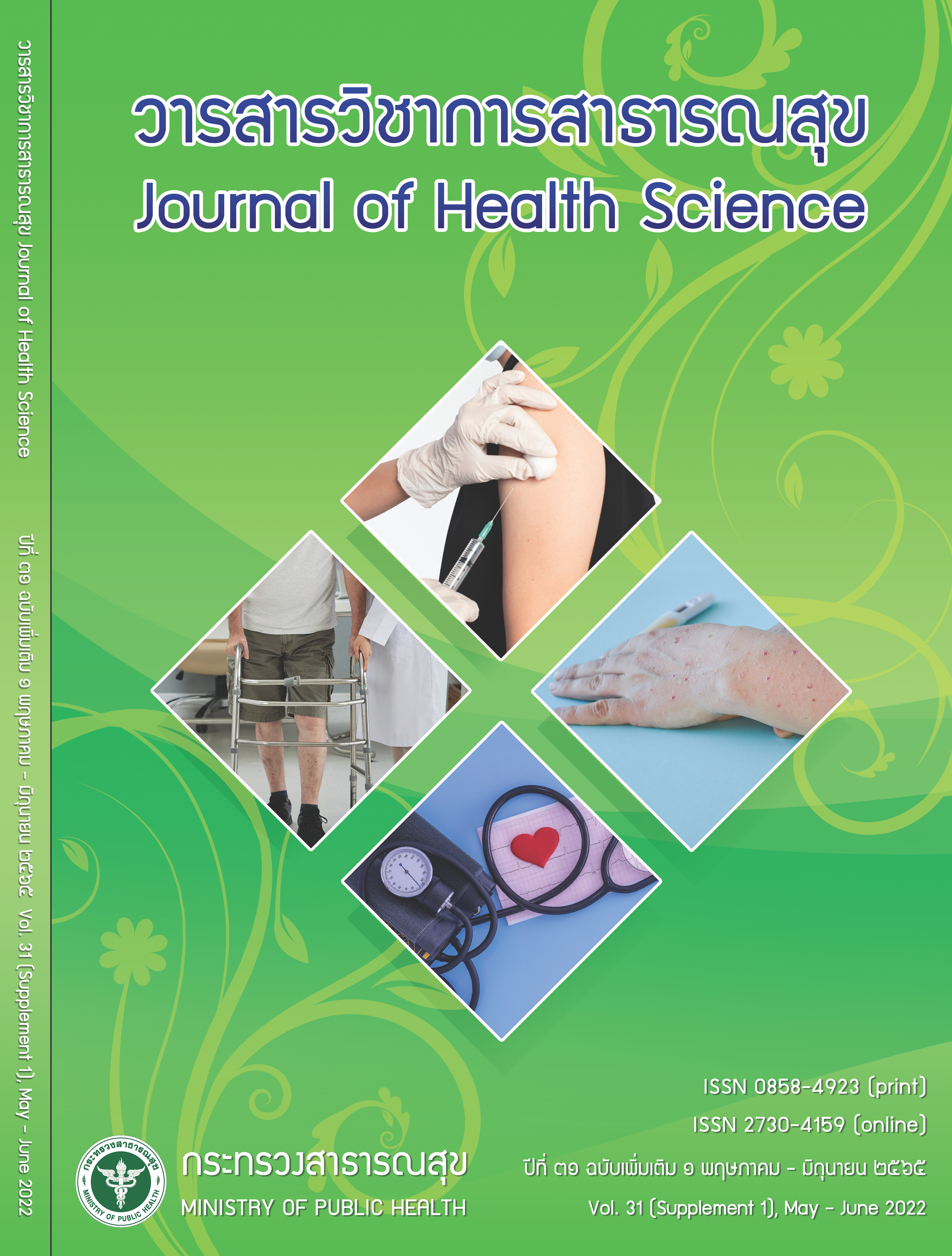A 2022 Human Monkeypox Outbreak: Change in Epidemiology
Keywords:
monkeypox, atypical human-to-human transmission, monkeypox, surveillance, community transmissionAbstract
Current outbreak of human monkeypox in multi-countries where are not endemic for monkeypox is caused by atypical human-to-human transmission. This outbreak exclusively changed disease epidemiology with regard to the numbers of cases, the numbers of non-endemic countries outside Africa with community transmission, and mode of transmission among at-risk groups. Many global health experts and the World Health Organization estimated that the numbers of cases become enormously increased world-wide, or a confirmed case occur every 30 minutes. Monkeypox surveillance should be extended to the countries that have not yet reported any case. The big challenge is that what has been seen is the tip of iceberg by which newly infected cases may have related activities in one place to another within a country or have internationally connected. Thus, public health personnel, especially involved in disease surveillance, prevention and control, should expect the increasing numbers of cases in near future. Thailand should focus primarily on human monkeypox surveillance at point-of-entry settings and surveillance for community transmission, as well as policy measures on tourism, risk communication, and law enforcement
Downloads
Downloads
Published
How to Cite
Issue
Section
License

This work is licensed under a Creative Commons Attribution-NonCommercial-NoDerivatives 4.0 International License.







